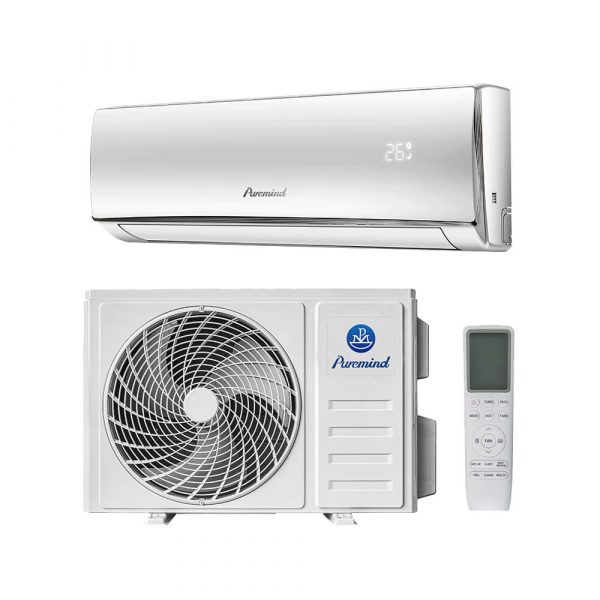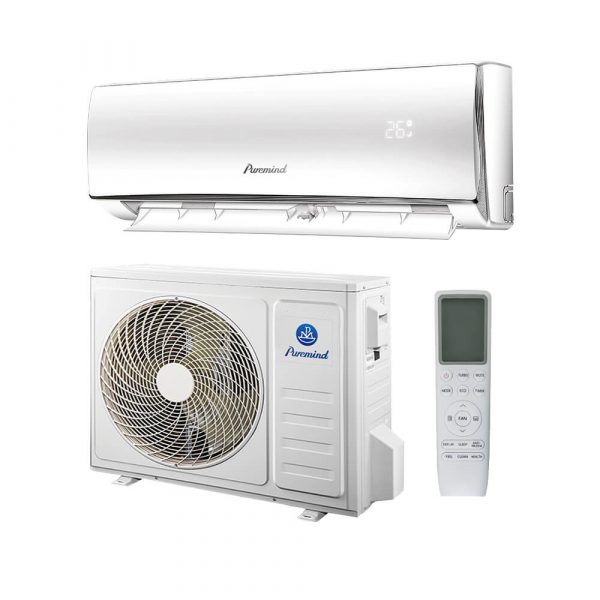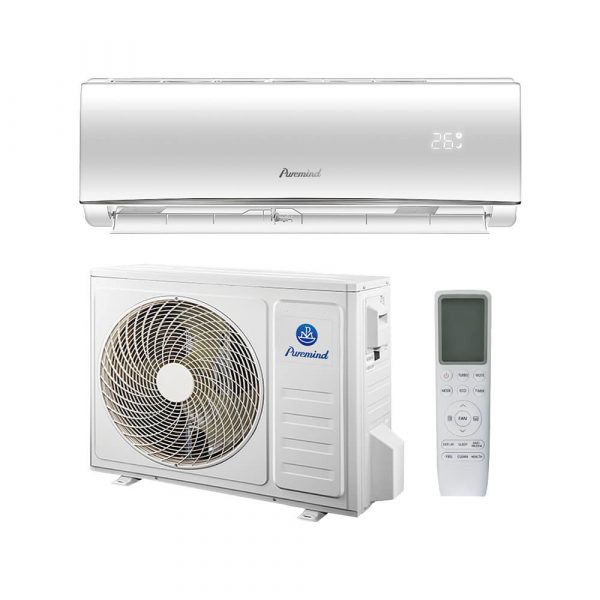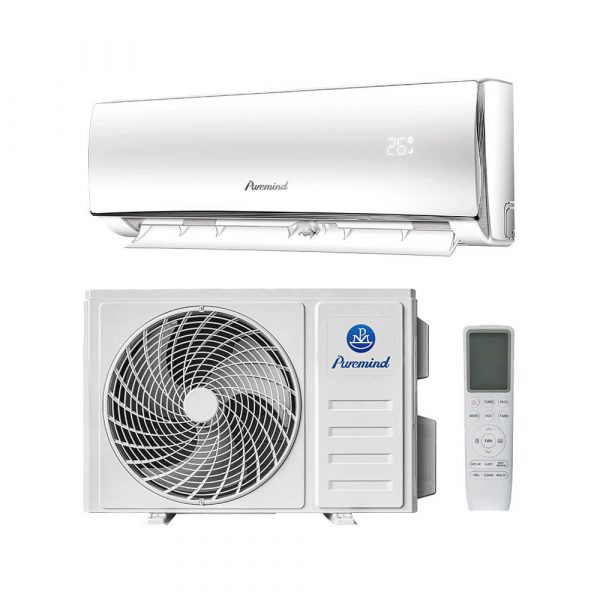Midea Air Conditioner Split Type: A B2B Buyer’s Guide to Efficiency and Comfort
For businesses seeking efficient, quiet, and scalable climate control, the Midea air conditioner split type is a strong contender. As a global HVAC leader, Midea offers a wide range of split-type systems that combine inverter-driven performance with B2B-friendly features like zone control, low operational noise, and smart connectivity.
This guide outlines how Midea’s split type air conditioners work, their commercial benefits, and how B2B customers can choose the right model for their workspace.
What Is a Split Type Air Conditioner?
A split type air conditioner consists of two primary units:
- Indoor unit – Mounted inside the facility to blow conditioned air directly into the space
- Outdoor unit – Contains the compressor and expels absorbed heat outdoors
These units are connected by refrigerant lines, drain hose, and electrical wiring, enabling efficient heat transfer without ductwork.
Midea Split Type Systems: Key Features
- DC Inverter Compressors: High energy efficiency and smooth temperature regulation
- Smart Wi-Fi Control: Compatible with mobile apps and voice assistants
- Self-Diagnosis: Built-in system alerts for service and maintenance
- iClean Function: Automatic coil cleaning to reduce indoor air contaminants
- Turbo Cooling: Rapid room temperature drop ideal for high-traffic spaces
Popular Midea Split Type Models for B2B
| Model | BTU | SEER Rating | Voltage | Application |
|---|---|---|---|---|
| MSMA1-12HRN1 | 12,000 | 18 | 115V | Executive Offices |
| MSMA1-18HRDN1 | 18,000 | 20 | 230V | Medical Rooms |
| MSMA1-24HRN1 | 24,000 | 21 | 230V | Showrooms, Classrooms |
Why Midea Split Type for Commercial Applications?
- Energy Savings: Inverter technology adjusts capacity to actual demand
- Quiet Operation: Indoor sound levels as low as 24 dB
- Zoned Control: Each unit operates independently—perfect for multi-room environments
- Simple Installation: No ductwork makes retrofits faster and less disruptive
Installation Considerations
- Hire a certified HVAC technician to ensure proper refrigerant charging and vacuum
- Limit refrigerant line lengths to under 25 feet when possible
- Provide 18–24 inches of clearance around the outdoor unit
- Ensure proper slope on drain lines or use a condensate pump
Maintenance Guidelines
- Clean filters monthly in high-occupancy spaces
- Inspect refrigerant pressure annually
- Check for firmware updates on Wi-Fi-enabled models
- Flush drain lines quarterly to prevent blockages
Commercial Use Cases
- Clinics & Healthcare: Silent operation and clean air functions
- Retail & Showrooms: Efficient temperature control without disrupting customer flow
- Offices & Meeting Rooms: Personalized zone cooling for productivity
- Server Rooms: Continuous cooling with smart alerts
Cost Estimate for Midea Split Type AC (2025)
| System Size | Unit Price | Installation | Total Cost |
|---|---|---|---|
| 12,000 BTU | $750–$1,000 | $900–$1,300 | $1,650–$2,300 |
| 18,000 BTU | $1,000–$1,400 | $1,200–$1,600 | $2,200–$3,000 |
| 24,000 BTU | $1,300–$1,700 | $1,500–$2,000 | $2,800–$3,700 |
Where to Buy Commercial Midea-Compatible Units
If you’re looking to deploy Midea or Midea-compatible split systems in your commercial space, browse models at:
Puremind Split Air Conditioner Collection
Our team supports bulk orders, BTU sizing, and project-specific recommendations for contractors and business owners.
Conclusion
With high energy efficiency, whisper-quiet performance, and strong technical support, Midea air conditioner split type units are a solid choice for B2B environments. Whether you manage a small practice or a multi-office commercial property, Midea’s systems are built to deliver comfort, cost control, and reliability.
To explore models or get a commercial quote, visit Puremind Commercial HVAC Solutions.







